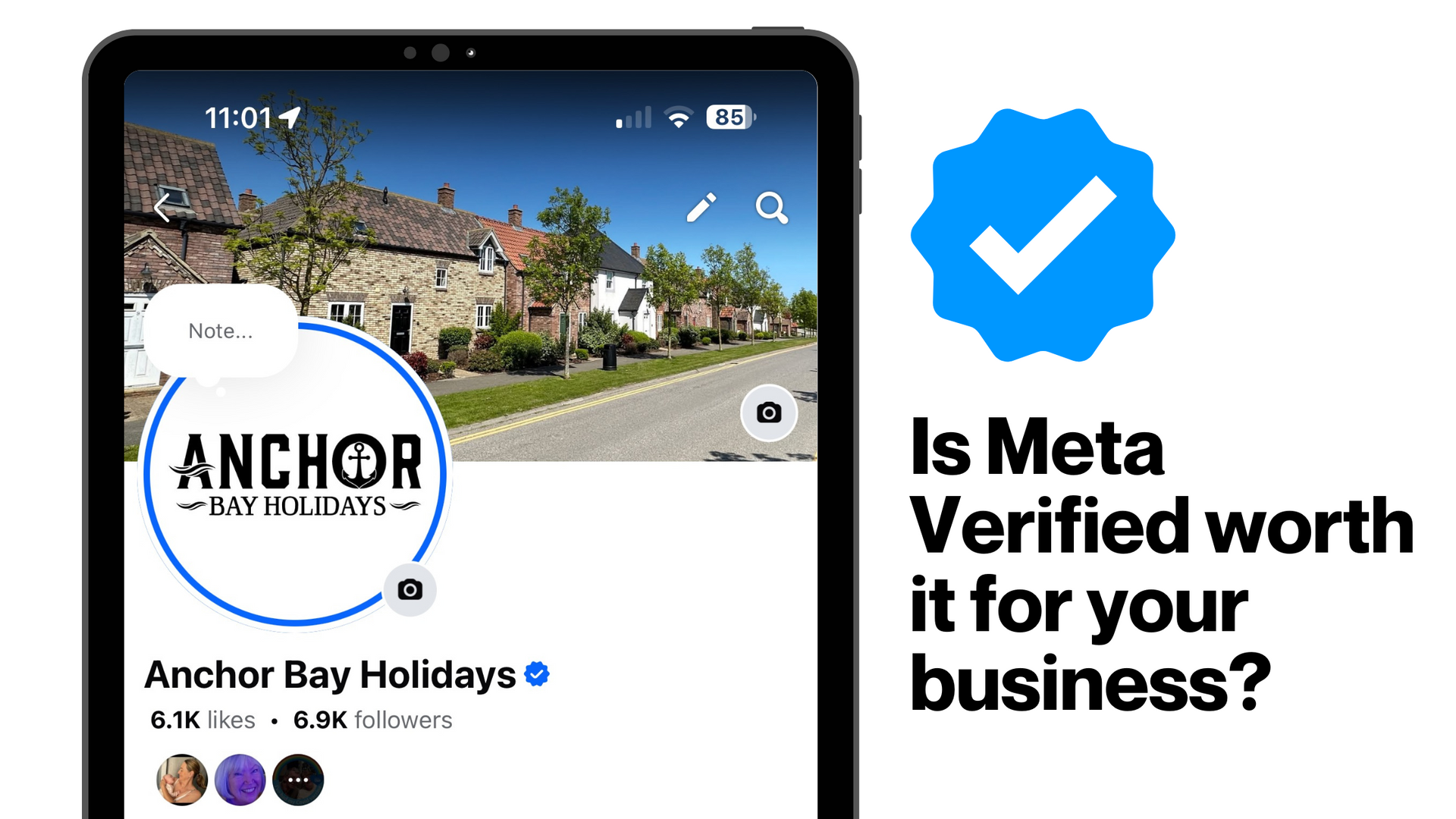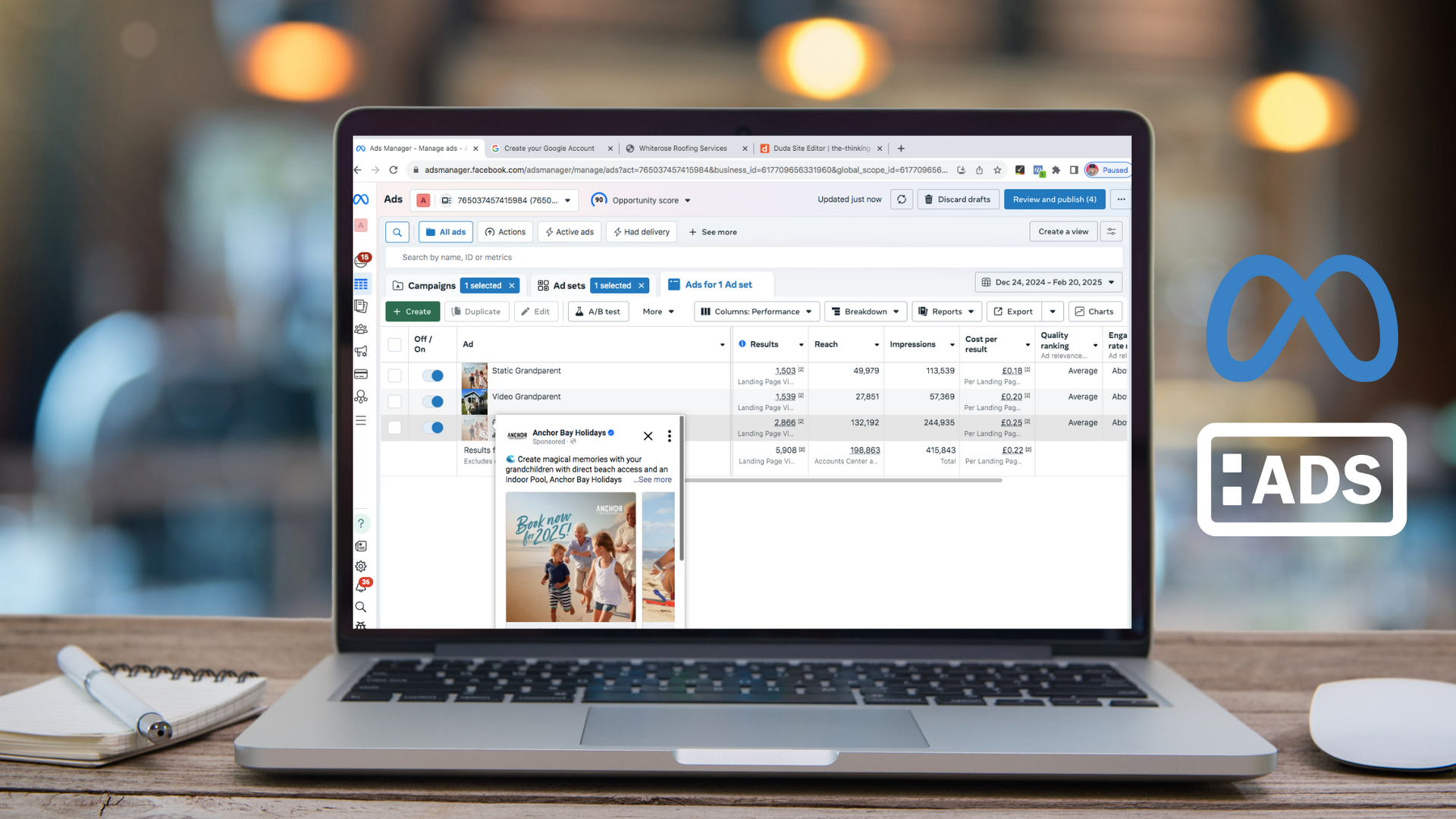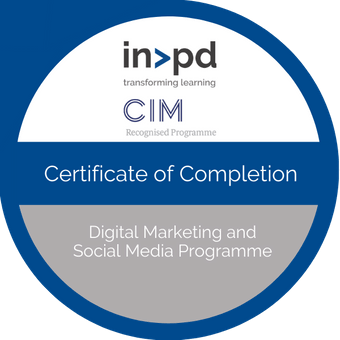Why using customer feedback in marketing is your new superpower
In the busy world of running a business, there are so many things to keep on top of that it probably seems like madness to suggest that using customer feedback in marketing should be top of your priorities list.
But at The Thinking Cap we believe customer feedback is not only paramount for assessing your company’s success, but that using customer feedback in marketing is your superpower.
The value of using customer feedback in marketing
You’re probably familiar with the role of customer feedback in securing future clients; we all know that sharing reviews and testimonials builds trust with potential customers which helps them to choose you over your competitors.
But what about using feedback internally, to shape and guide your processes as a company?
Implementing customer feedback not only enhances the customer journey and experience, but in turn will also boost your marketing efforts.
Being customer-centric in marketing means prioritising the needs, preferences, and experiences of the people you serve.
In order to do this, we must keep our finger on the pulse of clients’ views and opinions – so paying attention to their feedback is essential to being customer-centric.
There are so many areas which are revolutionised by using customer feedback in marketing, but here are just a few…
- Tailoring your message: gaining an understanding of your customers’ views and needs means that you can better pitch your product so that the client understands how you meet their need.
- Building relationships: knowing your client base’s viewpoints and sensitivities will give your team a better understanding of how to get alongside them and show your product to be one which serves them well. This is especially true when marketers are equipped to understand and respect diverse viewpoints and cultural sensitivities.
- Customising offers and promotions: customer feedback will highlight the aspects of your business that your client base really love. Now you can use that element of your practice as a hook to draw others in, by including it in a promotion or special offer!
- Responsive customer service: rather than applying the same customer service styles indefinitely, responding to customer feedback will allow you to shape your approach to meet the needs of your clients – which will hopefully result in even more positive feedback!
Whether you have an entire marketing department, or you’re a business owner who covers everything from accounting to marketing yourself, using customer feedback in marketing is key.
So how can you get hold of it?

Finding your customer feedback
So, you know that you need to be listening to your customers, but where do you start?
Listening to customer feedback means paying attention to all your customer touch points including anything that people (outside of this) are saying about your company.
This may be in the form of:
- a review, testimonial, case study research
- a complaint,
- frequently asked questions (faqs)
- live chat feeds
- website contact forms
- replies to emails
- regular questions the sales team are asked
Which ever form it comes in, you need to ensure you have a way of logging/tracking all feedback made no matter the channel.
Is there a pattern to any commonly asked questions? Maybe part of your marketing message or customer journey could be clearer.
Do certain comments crop up multiple times? If so what are they, and how can certain aspects of this part of the business be changed to eliminate the unknown.
It can be difficult to know where to start, so here are some pointers on how to delve into using customer feedback in marketing, whether that feedback is public or private.
Public feedback: checking your online reviews
Customers often share their experiences and feedback on various online review platforms, sometimes without directly informing you, (like on your own Google Review).
Here's a glimpse into lesser-known avenues where Joe Public may voice their opinion about your business:
- Yelp: - Generally used for local businesses
- Facebook: - If you have a business Facebook page - there is a review tab (if you've not switched it off)
- TripAdvisor: - Specialising in Travel, Hotels, Restaurants, Tourist attractions
- Amazon: Product reviews
- Glassdoor: Where employees review companies, culture, salaries, interview experiences etc.
- Trustpilot: Anyone with a FREE account can leave a review for any business
- Feefo: You need to have an account and send a 'review invite' to receive reviews on Feefo
- Reddit: Not traditionally a review platform, but its where various communities discuss products and services openly
- Yellow pages: Any business listed can receive reviews on Yellow pages
- OpenTable: Where people review and rate restaurants from reservation to food, dining experience etc,
Start collating your customer feedback, by going to your google reviews, Facebook review tab and any of the above.
All the lovely reviews can be used in your marketing to help you build trust, pop them on your website use them in proposals. Back in October 2022 I wrote an article called, 'Why you need to gather social proof to increase conversions', this is a great read if you're struggle to see why your reviews will help.
I'd also recommend setting up Google Alerts for your business name very easily (click on the link and simply follow the steps provided) and Google will then send you an email each time someone mentions your name online – with a link to the post, article, press release, etc that you have appeared in. It may also be worth creating a Google Alert in your name as well.

Private feedback: sharing information within your company
One of the great things about customer feedback is that once you start to look for it, you’ll realise it’s found at almost every level of the business.
But this can also make it harder to keep track of, as staff members in multiple areas will be receiving it, and it can be difficult to make sure that’s it’s collected so that it can be listened to and acted upon and used.
In larger companies, we recommend touching base with every client-facing department head and making sure there is regular information sharing.
This could involve creating a centralised area for customer feedback, scheduling regular face-to-face check in meetings, including the web team who’ll have access to all the live chat records and submitted contact forms from your website.
However you do it, it’s important that you can have an overview of feedback in whatever format it comes so that you can begin using customer feedback in marketing.
For smaller businesses, it may be a case of taking time to consider each customer interaction and reviewing what was fed back, both explicitly and implicitly, through their contact with you.
Then make sure this information is recorded somewhere so that you can spot the trends over time.
How The Thinking Cap can help you with using customer feedback in your marketing
At The Thinking Cap we know a thing or two about implementing using customer feedback in marketing as well as improving customer experience.
I wrote recently about our work with Holmeshaw Property Investments; through our work together we gained feedback from Holmeshaw’s sales team about how often heard the same questions about the property investment journey when on the phone to their prospective customers.
In response we created this Investor Guide for their clients to download, so that potential customers had access all the facts upfront that they could possibly need to make an informed decision and move down the funnel - previously many had walked away at this point.
This has streamlined their journey hugely and is a prime example of what using customer feedback in marketing looks like.
If you’re interested in more of our expert advice, we believe that our marketing help will bring a fresh perspective to your company (that’s a link to a previous article we published!) Whether this would be partnering with an existing marketing department, or if this is a completely new idea to you.
We’re seeking new clients who want to revolutionise their marketing to improve customer experience and bring in new leads.
If you’d like to talk to us about the areas you’d like to grow this year, we’d love to hear from you.
You can arrange a call back through our calendly link, or alternatively email Lisa directly at lisa@thethinkingcap.co.uk – we can’t wait to hear more about your business and help you to take steps forward with using customer feedback in marketing.




How you can effectively use LinkedIn for free to boost your marketing and grow your podcast audience




I hope you enjoyed reading this blog post.
If you’d like further help, let’s jump on a call and have a chat.




